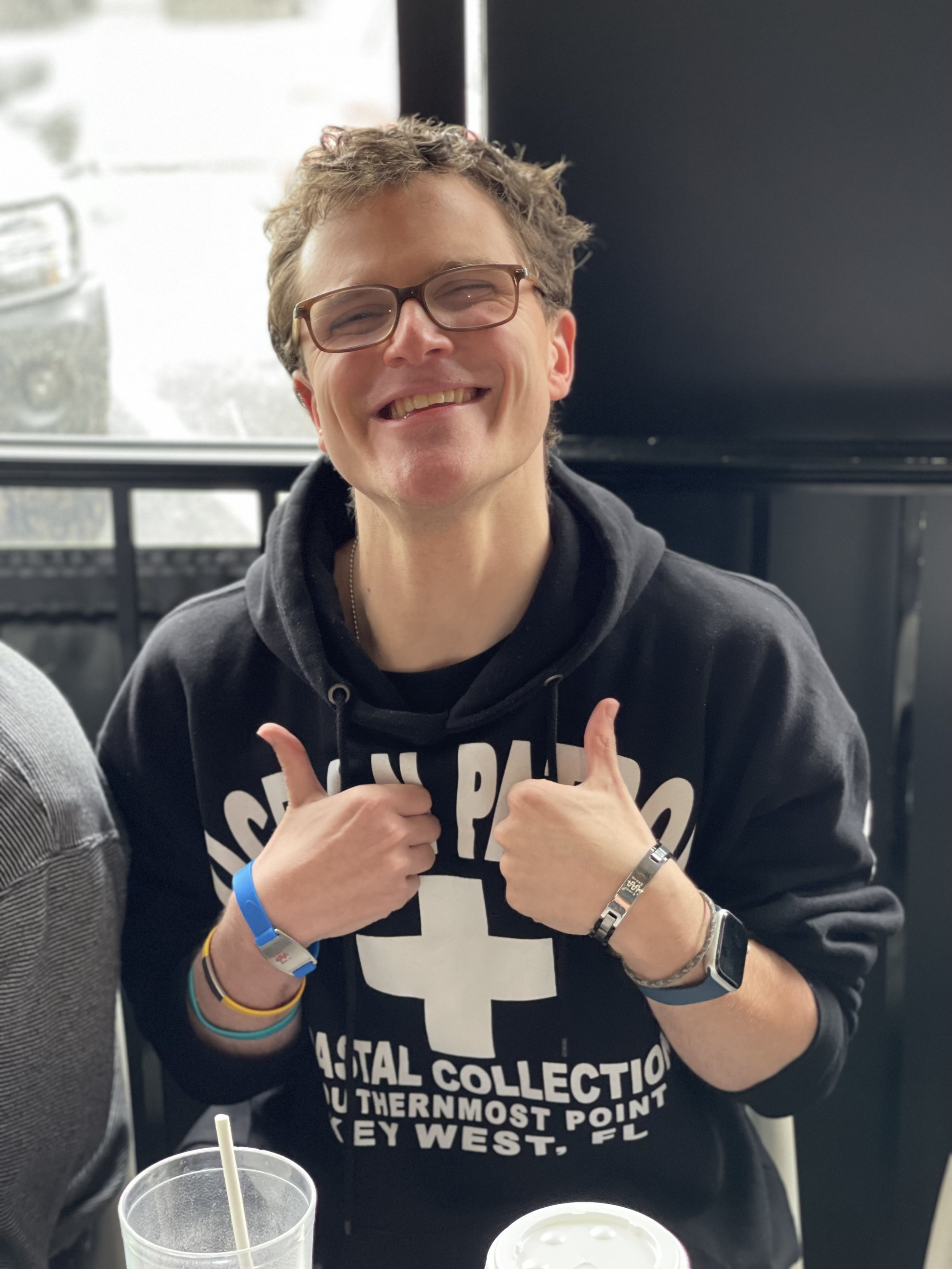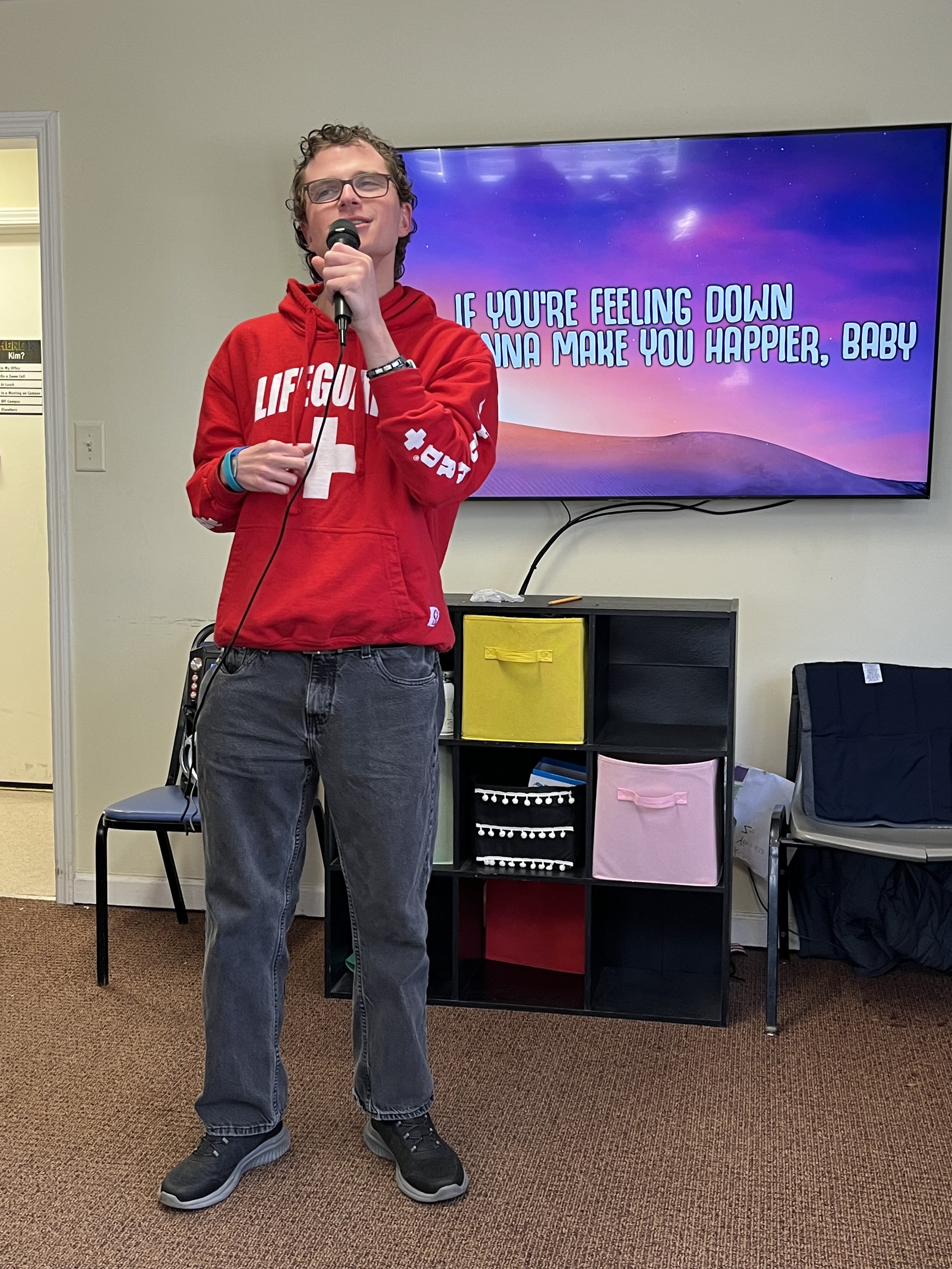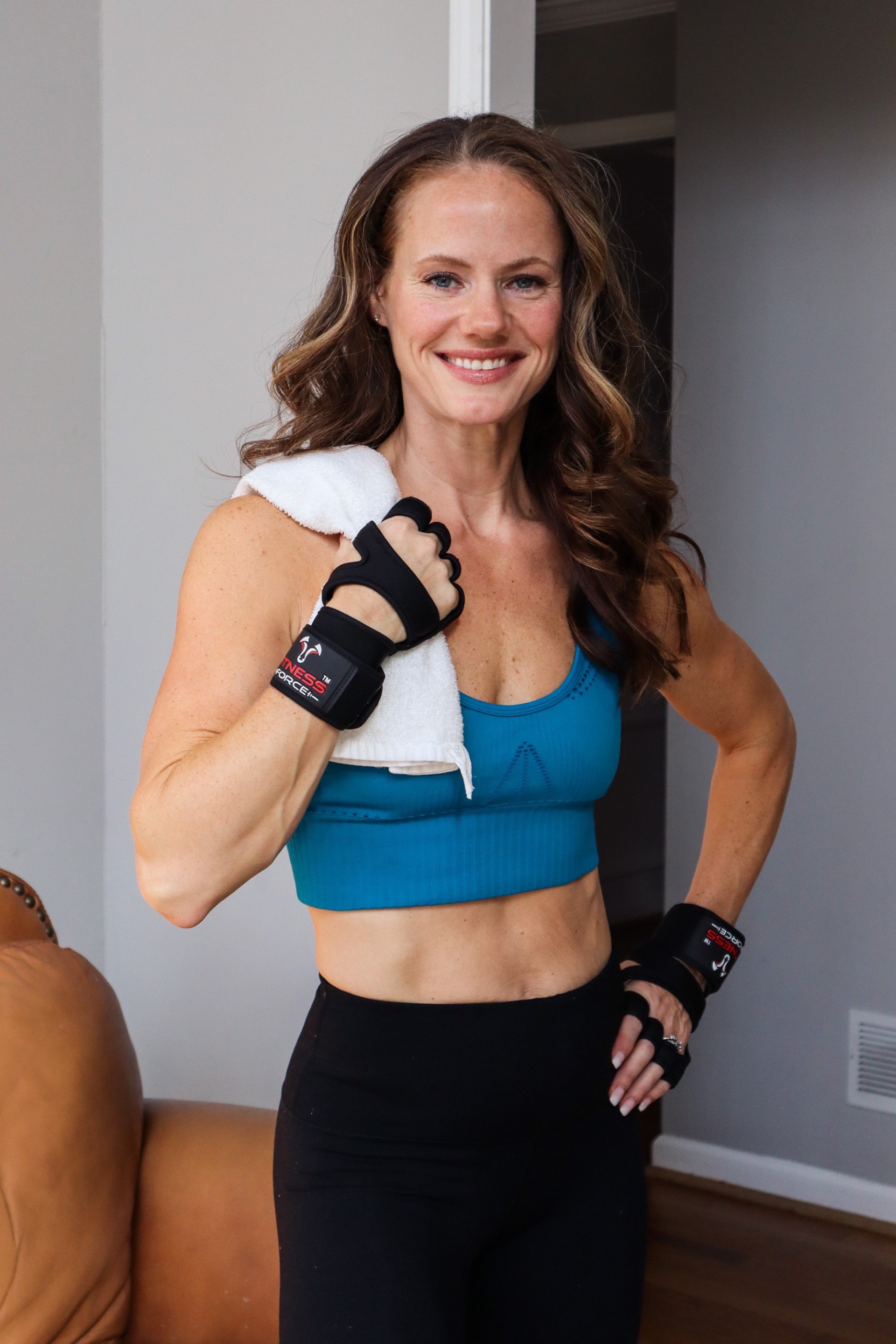From Motherhood to Grandmotherhood, Midwife and Doula Share it All
Photo contributed by Elsa Hall
Mother’s Day promises to be a special occasion for two Atlanta moms whose teen pregnancies launched them on similar paths raising big families, starting their own businesses and helping others start their own families.
Carson Ragan was 16 when she became pregnant and married a boy she’d been with since the seventh grade. People offered to pay for her to have an abortion, others suggested she put her baby up for adoption. A home for pregnant girls was also recommended. Ragan refused all of it.
“I wanted to keep the baby, and I also insisted that I wouldn’t be a statistic,” said Ragan, 47. “I knew I wanted to contribute to my community somehow, someday, and I knew I didn’t want to depend on a man or the government.”
She and her husband moved to Marietta to live with her mother, and Ragan welcomed daughter Macauly at age 17. The following year, her second child arrived three months early, which led to a three-month stay in the ICU for newborns. Ragan was fascinated by the nurses caring for the moms and their babies. A spark ignited and Ragan knew she wanted to be a nurse in perinatal care. She enrolled at Columbus State University and graduated at age 21 with three children under 4. She went on to have a fourth child, and now has what she calls a bonus daughter with her second husband, so five kids in all.
Maegan Hall grew up in Virginia and also got married at 16. She had her first child, daughter Brianna, at age 18, and, like Ragan, was adamant that she wouldn’t fall victim to the teen mom stereotypes.
“My senior quote was, ‘I will not become a statistic,’” said Hall, 43.
Hall went on to have four more children and started a photography business specializing in taking pictures of families, children and births.
“In 2004, I was at a church event and another pregnant mom asked what I did for work. I said I photographed moms and took care of them when they gave birth, and she said ‘Oh! You’re a doula!’ I had never even heard of that name, but it felt right. Yes, I was a doula.”
Hall got certified, transitioned her business into Maegan Hall Photography + Doula Care and moved to Atlanta. As a doula, she provides emotional, physical and educational support to mothers throughout their pregnancies, during labor and after.
Ragan and Hall first met at a birth in 2006 at Northside Hospital Cherokee. Although they couldn’t have imagined the ways their lives mirrored one another or foreseen the bond of friendship they would eventually forge, they both made a striking impression on each other.
“Doulas and nurses don’t generally interact a bunch, but a nurse can really make or break a birth and affect the satisfaction of the parents,” said Hall. “I remember watching Carson, thinking ‘I really like her.’”
Ragan felt the same about Hall.
“She stood out to me,” said Ragan. “I just remember thinking she was giving the patient such good memories. Plus, she was a breath of fresh air. Back then there was some negativity between staff and doulas, just a bit of a power struggle, and Maegan came in with wonderful energy and was such a delight.”
Hall didn’t work at Ragan’s hospital often, but when she did, she’d look for her, hoping they’d be paired together. A couple years later, she heard that Ragan was attending midwifery school and
started her own midwifery practice in 2019.
“I had to reach out,” said Hall. “I called and told her that the model of care she wanted to provide was perfect for my type of clientele.”
The women went to lunch — which wasn’t easy to coordinate because, as they say, one of them is always on call or catching a baby — and they were baffled to discover how similar their lives were.
“We reconnected so quickly on both a personal and professional level,” said Ragan. “We were both moms of five children who’d been pregnant as teens and divorced, both of us, after exactly 17.5 years of marriage. We were building businesses of our own and shared the same dream: to love and support women and their families.”
Ragan’s business, OB2me, offers concierge obstetric care, which takes a holistic approach to childbirth and facilitates different types of births including unmedicated and water birth.
In addition to serving as a doula, Hall provides photography and videography of the labor and delivery, helping to ensure the experience is both empowering and memorable for her clients.
The two friends have worked more than 50 births together, two of which were particularly special.
“When my daughter Brianna got pregnant, I reached out to Carson, because Brianna already knew Carson (would) be the only one to touch my grandchildren,” said Hall with a laugh. “Shortly after, Carson called and said, ‘Guess what?’ Her oldest daughter was pregnant, too.”
Hall and Ragan introduced their daughters and encouraged them to forge a friendship, sharing from experience how wonderful it is to have a friend in the same phase as life, and how special it would be for their babies to grow up together. Just like their mothers, Brianna and Macauly clicked.
For Brianna’s December delivery, Hall was her doula videographer, but she hired another doula in case she needed to focus more on being a mom. Similarly, when Macauly had her baby just weeks later, Carson had a backup midwife.
Watching her daughter give birth was a full circle moment for Hall.
“I kept thinking, ‘I made it. I thrived and now I have a daughter who is thriving. I didn’t break, I didn’t fail. My daughter is OK, and now I get the beautiful gift of witnessing my daughter have a daughter,’” said Hall. “I was crushed with gratitude.”
Ragan echoes her friend’s sentiments and adds that she’s grateful she could watch Hall become a grandmother first.
“The whole thing was surreal,” said Ragan. “To see her emotionally connected in this birth, out of her element where she’s always so professional, was emotional and wonderful for me. Then it was my turn.”
Hall relished watching Ragan mothering her daughter as she labored.
“She was so hands-on, braiding hair, tucking in, giving kisses and hugs and cuddles,” said Hall. “When it was determined that Macauly needed a C-section, it was so beautiful to see her show confidence in the decision. We were with Macauly in the operating room and when she met her baby, it was pure bliss.”
Hall and Ragan both welcomed granddaughters, Juniper and Blair, respectively. And their moms have already gotten the babies together for playdates.
Neither Ragan nor Hall will go by “Grandma.” Ragan is called “Tita” and, Hall is considering “Tati,” which is Armenian for grandmother. Tita and Tati, the women burst into laughter when they hear the nearly identical names together.
Among their symmetries, Hall and Ragan share immense pride for what they overcame as teenaged mothers, who they have become as women and business owners, and, most of all, for the families they’ve raised.
“Carson and I have won the lottery of life,” said Hall.
Ragan, of course, wholeheartedly agrees.




























































